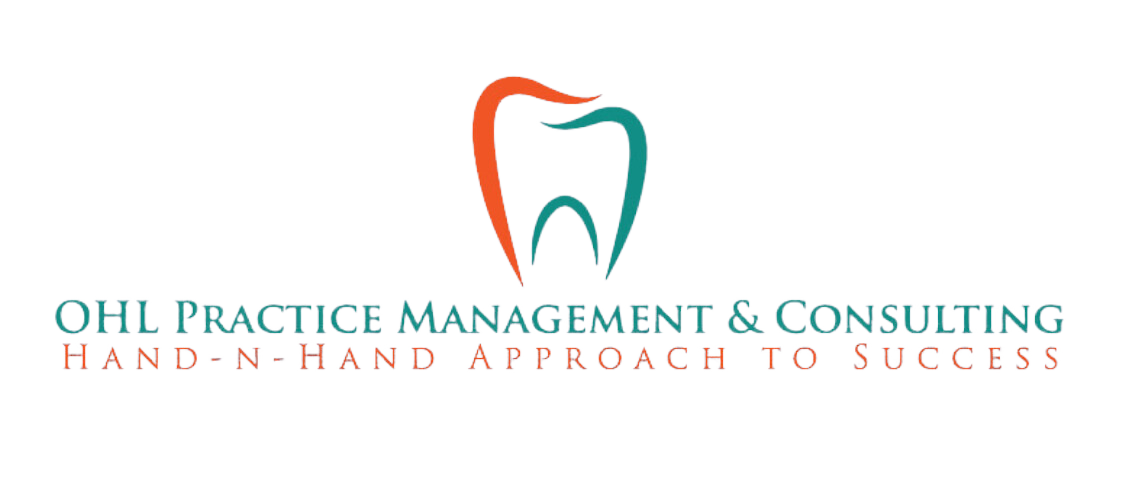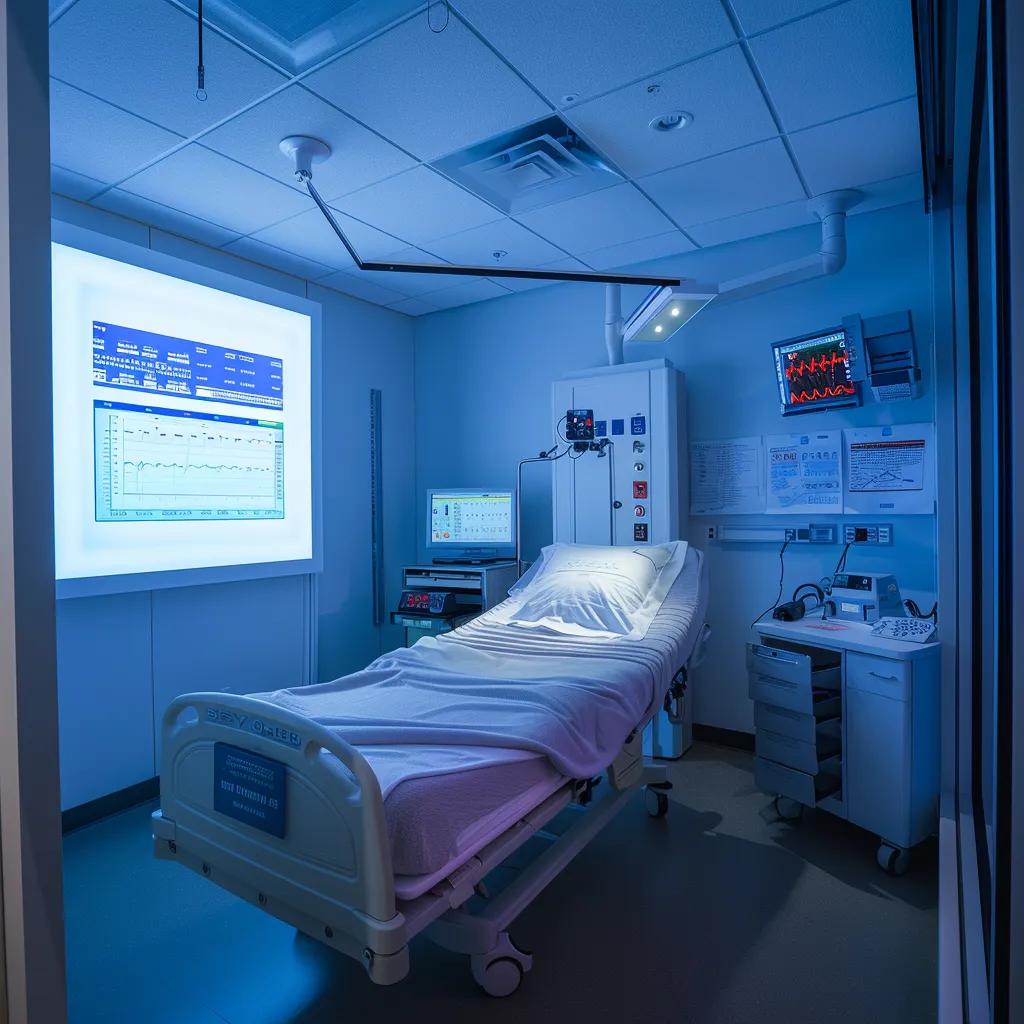Sleep apnea is a serious and often overlooked condition that affects millions of people worldwide. It disrupts the quality of sleep and can lead to major health complications if left untreated. To fully understand and manage this condition, it is important to explore its causes, recognize its symptoms, and understand how it’s diagnosed.
The threefold approach to sleep apnea includes identifying root causes, observing key symptoms, and undergoing proper diagnostic evaluation. These steps work together to guide patients from initial awareness to accurate diagnosis and appropriate treatment. This understanding can lead to significant improvements in sleep quality and overall health.
By equipping patients and healthcare providers with the right knowledge, we can ensure early detection, reduce the risks of complications, and promote long-term wellness.
Causes of Sleep Apnea
Sleep apnea occurs when the airway becomes partially or completely blocked during sleep, leading to pauses in breathing. Common causes include anatomical issues like enlarged tonsils, a narrow airway, or a misaligned jaw. In many cases, excess weight contributes by placing pressure on the airway, making it more likely to collapse during sleep.
There are also neurological causes, particularly in central sleep apnea, where the brain fails to send proper signals to the muscles responsible for breathing. Other contributing factors include the use of sedatives, alcohol, and smoking, all of which can relax throat muscles and worsen symptoms.
Understanding what causes sleep apnea is critical for tailoring treatment. For instance, weight loss may reduce symptoms in one person, while another may need surgical intervention to correct anatomical problems. Knowing the cause helps healthcare professionals select the right solution.
Recognizing Symptoms of Sleep Apnea
Many people live with sleep apnea without realizing it. The most common symptom is loud, chronic snoring, often accompanied by gasping, choking, or pauses in breathing during the night. These interruptions may go unnoticed by the sleeper but are often observed by a partner.
During the day, symptoms can include fatigue, difficulty concentrating, mood changes, and frequent headaches upon waking. Because sleep is fragmented, even if a person believes they’re sleeping through the night, the restorative quality of their sleep is compromised.
Recognizing these signs is a call to action. When patients report persistent tiredness despite seemingly adequate sleep, or when bed partners express concern over disrupted breathing, a professional consultation is necessary to rule out or confirm sleep apnea.
Diagnosing Sleep Apnea
Proper diagnosis is the foundation of successful treatment. Most cases of sleep apnea are diagnosed through a sleep study, either at home or in a specialized clinic. These studies monitor breathing patterns, oxygen levels, heart rate, and brain activity to detect episodes of interrupted breathing.
Home sleep tests can be effective for many people, but in more complex cases, a lab-based study—known as a polysomnography—offers a more detailed analysis. This environment also allows for the identification of other potential sleep disorders that may mimic or compound sleep apnea symptoms.
Once a diagnosis is confirmed, healthcare providers can determine the type of sleep apnea—obstructive, central, or complex—and recommend the most appropriate treatment. The goal is not only to restore proper breathing but also to improve overall health and quality of life.
Common Misconceptions About Sleep Apnea
Many people mistakenly believe that sleep apnea is rare or not serious. This misconception often prevents individuals from seeking care, particularly if they only associate sleep apnea with snoring. While snoring is a key symptom, the consequences of untreated sleep apnea are far more serious than most realize.
The truth is that sleep apnea is highly prevalent. It affects individuals of all ages and backgrounds, including those who appear otherwise healthy. Left untreated, sleep apnea can lead to heart disease, stroke, type 2 diabetes, and cognitive decline.
Education is essential to dispel myths and promote understanding. By raising awareness among both the general public and healthcare professionals, we can ensure more people are evaluated and treated before their health suffers serious setbacks.

The Role of Screening in Healthcare and Dentistry
One of the biggest missed opportunities in sleep apnea detection is the lack of routine screening in general medical and dental practices. Dentists, for example, are uniquely positioned to observe signs such as a narrow airway, scalloped tongue, or bruxism—clues that may indicate sleep apnea.
By asking a few simple questions about sleep quality, fatigue, and snoring during check-ups, dental professionals can initiate the diagnostic process and refer patients to a sleep specialist. Likewise, general practitioners can include basic screening questions during physicals, especially for high-risk patients.
Typifying the specific form of sleep apnea is equally important. Obstructive, central, and mixed sleep apnea require different treatment strategies. A tailored approach ensures each patient gets the most effective care for their condition.
The Dangers of Untreated Sleep Apnea
When left unaddressed, sleep apnea has wide-reaching consequences. The repeated drops in oxygen and constant interruptions to deep sleep increase stress on the cardiovascular system. Over time, this can lead to high blood pressure, heart arrhythmias, and increased risk of heart attacks and stroke.
Additionally, untreated sleep apnea is linked to poor glucose control, which can contribute to the development or worsening of type 2 diabetes. It also impairs cognitive function, affects memory, and increases the risk of workplace and traffic accidents due to excessive daytime sleepiness.
Timely diagnosis and intervention can prevent many of these outcomes. Public health campaigns and patient education are crucial tools in increasing awareness and motivating those at risk to pursue evaluation and treatment.
Strategic Solutions Through Dental Integration
One highly effective strategy for early detection is integrating sleep apnea screenings into dental practices. Dentists see patients more frequently than many primary care providers and can play a crucial role in identifying at-risk individuals.
By incorporating questions about sleep patterns and using tools to assess oral anatomy, dentists can help patients understand their risk. When signs are present, referral to a sleep specialist can fast-track diagnosis and lead to better outcomes.
Partnerships between dental professionals and sleep medicine experts create a seamless care path. These collaborations make it easier for patients to access treatment, whether through CPAP, surgery, or oral appliances customized by the dental team.
When to Seek Professional Help
Patients often wonder when it’s time to escalate concerns about poor sleep. The answer lies in the symptoms. Persistent snoring, frequent night awakenings, gasping for air, and daytime fatigue are all red flags.
Other triggers for escalation include irritability, morning headaches, and difficulty concentrating. If a patient has a high BMI or a history of cardiovascular issues, these symptoms are even more concerning and warrant prompt evaluation.
Clinicians should use screening tools and questionnaires during routine appointments to help identify at-risk individuals. Timely referral to a sleep clinic ensures early diagnosis and the start of effective treatment, reducing the risk of long-term health consequences.
The Importance of Sleep Studies and Expertise
Diagnosing sleep apnea requires more than a conversation—it requires objective data. Sleep studies, whether conducted at home or in a lab, are the gold standard for evaluating sleep quality and detecting apnea events.
These tests provide detailed information about breathing patterns, heart rate, oxygen saturation, and brain activity during sleep. This data is then interpreted by a sleep technologist or specialist, who determines the type and severity of sleep apnea.
Accurate diagnosis is essential for appropriate treatment. Misdiagnosing or overlooking the condition can result in wasted time, worsening symptoms, and increased health risks. That’s why professional analysis and follow-up care are so important.
Best Practices and Preventive Measures
Managing sleep apnea effectively involves a combination of medical interventions and lifestyle adjustments. Weight loss, quitting smoking, and reducing alcohol intake can all significantly reduce symptoms, especially in cases of obstructive sleep apnea.
For patients using a CPAP machine or oral appliance, adherence to treatment is key. Consistent use improves sleep quality and reduces health risks. Regular check-ins with a healthcare provider help ensure proper fit and functionality of devices.
Education also plays a role. Patients should be informed about sleep hygiene, such as maintaining a regular sleep schedule, avoiding screen time before bed, and creating a quiet, dark sleeping environment. These habits support better sleep and complement treatment efforts.
Conclusion
Sleep apnea is a serious, often underdiagnosed condition with significant health consequences. Understanding its causes, symptoms, and diagnosis is the first step toward better sleep and improved quality of life. With the right combination of screening, medical care, and lifestyle changes, sleep apnea can be effectively managed.
Dental professionals are uniquely positioned to help identify and treat sleep apnea, particularly in its early stages. By collaborating with sleep specialists and staying alert to the signs, they can guide patients toward the care they need.
Ultimately, awareness, accurate diagnosis, and consistent treatment form the foundation of long-term sleep health. If you or a loved one shows signs of sleep apnea, don’t wait—seek help and take the first step toward restful nights and better days.
Don’t let uncertainty hold you back. Schedule a consultation today and start building a thriving dental sleep practice with Ohl Consulting!
Ohl Practice Management & Consulting
connect@ohlpracticeconsulting.com
Frequently Asked Questions
What are the telltale signs of sleep apnea?
Common symptoms include loud snoring, frequent nighttime awakenings, daytime tiredness, and mood changes. Noticing these signs warrants a consultation with a healthcare professional for potential sleep apnea.
Can sleep apnea be treated effectively?
Yes, with proper diagnosis and treatment—such as lifestyle changes, use of CPAP machines, or oral appliances—sleep apnea can be successfully managed for improved health and well-being.
Is sleep apnea a serious condition?
Untreated sleep apnea can lead to serious health issues, including heart disease and diabetes. It’s important to seek medical advice if you suspect you have sleep apnea.





